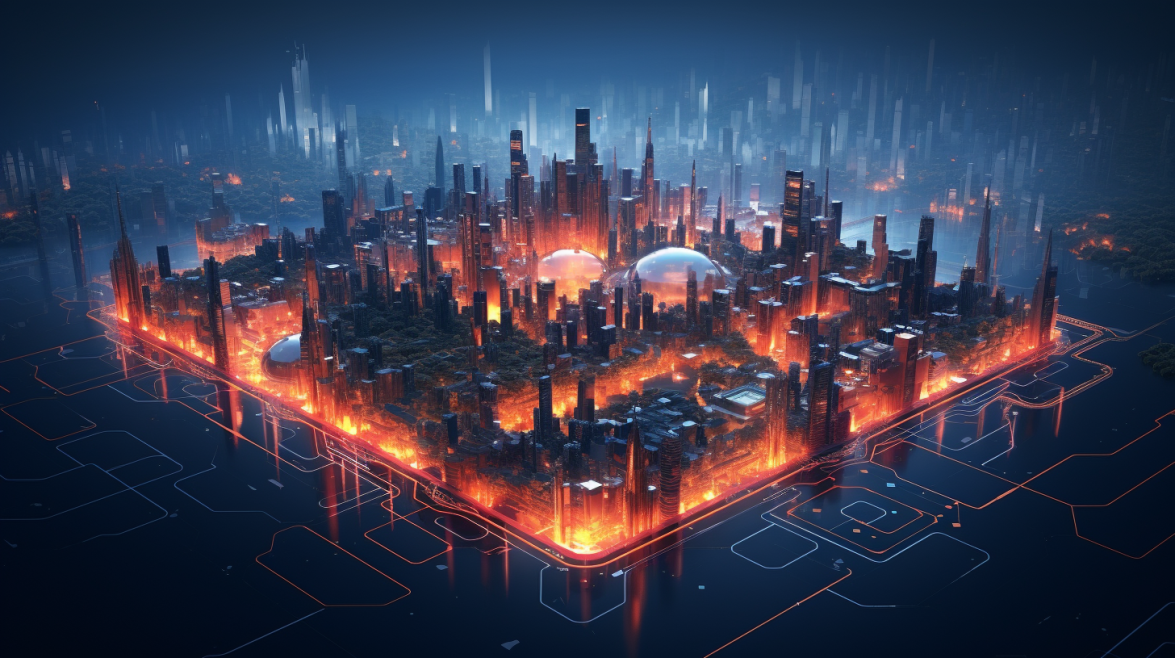As artificial intelligence proliferates across industries, creators face both boons and barriers navigating the fragmented tool landscape. On one hand, the array of generative AI writing assistants, art generators, workflow automators and more promises enhanced efficiency and creativity. But on the other, stitching together a cohesive creative workflow from disparate apps and services often brings more friction than freedom.
Corporations recognize the power of integrated ecosystems and are moving to provide them. Adobe builds seamless integration between its family of creative apps, allowing assets, styles and templates to flow freely across documents and workflows. Other companies like Canva strive to unite creative tools into a unified ecosystem. But while product teams engineer unified platforms, creators still face pieced-together toolkits.
For individual creators, thoughtfully curating an integrated ecosystem of complementary technologies is crucial to maximizing AI’s potential while minimizing its peril. As opposed to amassing every AI tool in a hodgepodge bundle, take time to identify creative challenges then choose AI solutions that directly address them. Reducing the friction caused by fragmented workflows allows creators to focus entirely on the craft.
Take the example of an instructional designer building an online course. They may leverage ChatGPT to quickly generate a course outline based on desired learning objectives. But rather than relying solely on the AI assistant, they carefully review its work against proven learning strategies before finalizing the structure. Photoshop helps create any custom graphics and diagrams needed for the course. And a tool like Genially may assist with building interactive elements to enhance engagement.
The designer has curated an AI ecosystem with each piece playing to its strengths. ChatGPT delivers the raw material, but their expertise makes it learning ready. Photoshop provides fine-tuned creative control no generator matches. And Genially adds interactivity difficult for any single tool to achieve. These complementary technologies streamline a process that would be far more cumbersome moving assets between disconnected apps.
For another creator, the ideal ecosystem may look entirely different based on their craft. A musician may combine Amadeus Code with BandLab for AI-generated melodies and human refinement. A filmmaker could bring together RunwayML, Unreal Engine and Adobe to ideate scenes, create 3D assets and composite shots. Regardless of the mix, the creative vision remains coherent when technologies work in harmony.
As artificial intelligence progressively reshapes the creative landscape, the temptation is to frantically adopt every emerging AI tool without a plan. But haste breeds a tangled web of half-measures. The sum can become far greater than the parts with a thoughtful ecosystem tying complementary technologies into a cohesive workflow. Don’t just amass tools – curate them. Let ecosystem integration power your creativity.
